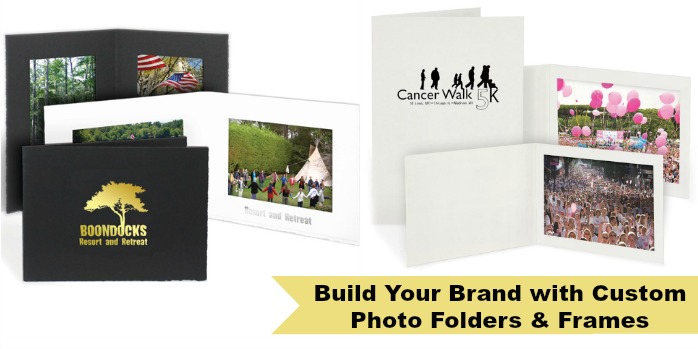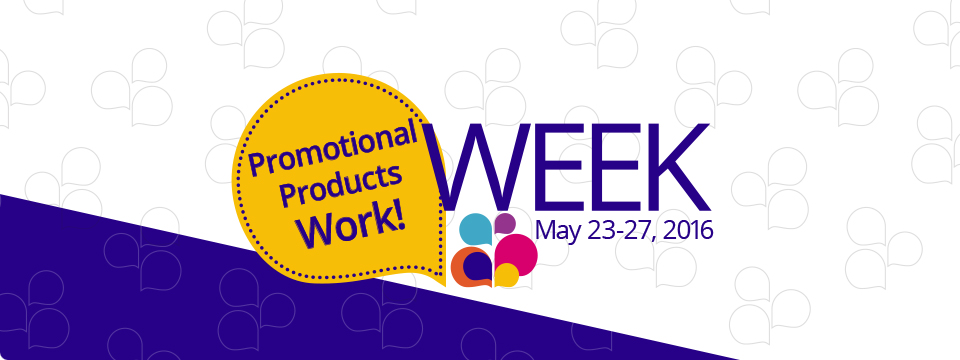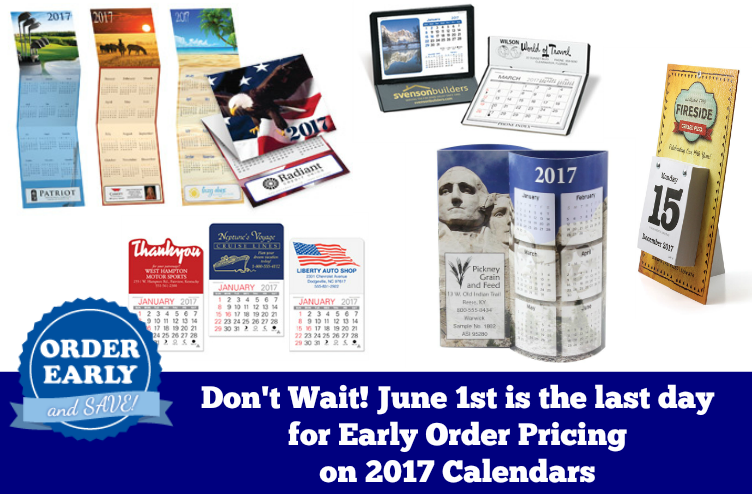Distributors – you probably know it’s a good idea to get your clients thinking about their upcoming seasonal promotions and events at least 2-3 months in advance, right? We know it doesn’t always happen that way…but starting to discuss a yearly plan with your clients now, in January, can help you mitigate rush fees and reduce stress up against tight deadlines later in the year.
Start today! Here’s a quick guide with monthly seasonal selling ideas and themes to start pitching to your clients.
January
(Plan + pitch these themes and products in November / December or sooner)
View January Monthly Observations Here
- Fitness + Nutrition
- Productivity / New Year’s Resolutions (calendars, planners, organizational tools, office items)
- Martin Luther King Jr. Day (1/16)
- Tax preparation (Pocket folders, document pouches, financial / bookkeeping tools)
- Travel / Vacation planning / Cruises / Resorts (calendars, photo frames, document pouches)
- Weddings / Wedding Expos (calendars, planners
- Employee recognition (awards, certificate folders, branded gifts, apparel)
- National Blood Donor Month
February
(Plan + pitch these themes and products in December / January or sooner)
View February Monthly Observations Here
- Groundhog Day (2/2)
- Valentine’s Day (2/14)
- National Random Acts of Kindness Day (2/17)
- Presidents Day – Third Monday in February
- Mardi Gras (2/28)
- Black History Month
- National Heart Month
March
(Plan + pitch these themes and products in January / February or sooner)
View March Monthly Observations Here
- St. Patrick’s Day (3/17)
- National Women’s History Month
- National Nutrition Month
- National Umbrella Month
- National Employee Appreciation Day – First Friday in March
- Daylight Saving Time – Second Sunday in March
April
(Plan + pitch these themes and products in February / March or sooner)
View April Monthly Observations Here
- April Fool’s Day (4/1)
- Passover (4/10)
- National Siblings Day – 4/10
- Easter (4/16)
- Earth Day (4/22)
- Administrative Professionals’ Day (4/26)
- Promotional Products Work! Week – advocate for the promo products industry (Get in Touch Campaign from PPAI)
- Weddings
- Baseball
- National Child Abuse Awareness Month
- National Donate Life Awareness Month
- National Cannabis Awareness Month
- Lawn and Garden Month
- National Autism Awareness Month
May
(Plan + pitch these themes and products in March / April or sooner)
View May Monthly Observations Here
- Graduation season – college, high school – (save the dates, programs, cards, invitations, mailers, photo folders)
- College enrollment
- Prom
- Cinco De Mayo (5/5)
- Mother’s Day (8/14)
- Memorial Day (5/29)
- Weddings
- Youth sports
- Baseball / summer sports
- World Stroke Month
- National Military Appreciation Month
- National Motorcycle Awareness Month
- National Mental Health Awareness Month
June
(Plan + pitch these themes and products in April / May or sooner)
View June Monthly Observations Here
- Farmers Markets (eco-friendly reusable shopping bags, recycled products, farm to table, “shop local”)
- End of the school year
- Father’s Day ( 6/18)
- Weddings
- LGBTQIA Pride Month
- National Camping Month
- National Great Outdoors Month
- National Adopt a Cat Month
July
(Plan + pitch these themes and products in May / June or sooner)
View July Monthly Observations Here
- Independence day (USA-made products, parade giveaways, patriotic, red white and blue)
- Summer camps (YMCA, park district)
- National Anti-Boredom Month
- National Grilling Month
- National Picnic Month
August
(Plan + pitch these themes and products in June / July or sooner)
View August Monthly Observations Here
- Family Fun Month
- National Golf Month
- Back to school
- Football / summer + fall sports
September
( **Busy season starts this month for many suppliers** plan + pitch these themes and products in July / August or sooner)
View September Monthly Observations Here
- Labor Day (1st Monday in September)
- Yom Kippur ( 9/29)
- National Preparedness Month
- National Suicide Prevention Month
- Harvest Season
- Football / fall sports
October
( **Busy season for many suppliers** plan + pitch these themes and products in August / September or sooner)
View October Monthly Observations Here
- Breast Cancer Awareness Month
- Down Syndrome Awareness Month
- Emotional Wellness Month
- Financial Planning Month
- National Cyber Security Awareness Month
- Fall Festivals
- Fall outings: pumpkin patch, apple orchard, haunted houses
- Election season / voting / political awareness
- Halloween / Costume Parties
November
( **Busy season for many suppliers** plan + pitch these themes and products starting August, September, October or sooner)
View November Monthly Observations Here
- Thanksgiving
- Veteran’s Day (11/11)
- National Novel Writing Month
- Adopt A Senior Pet Month
- National Alzheimer’s Disease Month
- National Diabetes Month
December
( **Busy season for many suppliers** plan + pitch these themes and products starting July, August, September, October or sooner)
View December Monthly Observations Here
- Christmas
- Hanukkah
- New Year
- AIDS Awareness Month
- National Drunk & Drugged Driving (3D) Prevention Month
National Human Rights Month - National Write A Business Plan Month
- Productivity / New Year’s Resolutions
Want to do something different? National Day Calendar is a great online resource to use when looking for creative new campaign ideas. Beyond the widely recognized holidays and mainstream seasonal events, there are also some more fun and obscure ones, like these…
- National Science Fiction Day– Jan 2nd
- National Thank a Mail Carrier Day – Feb 4th
- National Read Across America Day (Dr. Seuss Day) – March 2nd (If on Weekend, Moves to Closest School Day)
- National Peanut Butter and Jelly Day – April 2nd
- National Space Day – First Friday in May
- National Yo-Yo Day – June 6th
- National Pina Colada Day – July 10th
- National Roller Coaster Day – August 16th
- National Wildlife Day – September 4th
- National Techies Day – October 3rd
- National Stress Awareness Day – First Wednesday in November
- Special Education Day – December 2nd
Campaign ideas for all year round:
- Self-promos ( at least 2 per year – send out in June / July and again in November / December)
- Corporate anniversaries
- Employee Appreciation Celebrations
- Fundraisers and galas
- Birthdays and retirement events
- Bar/ bat mitzvahs
- Quincenaras
- Award ceremonies + recognition
- Trade shows & conventions
- Class reunions
- Annual town festivals
We hope these seasonal selling ideas help you get meeting dates on the calendar for campaign planning, with plenty of time to choose promotional products, get orders in, proofs approved, products made and delivered for all of your 2017 promotional campaigns! Have another idea that we missed? Please leave us a comment below, or drop us a note on Facebook!
Leave a Comment



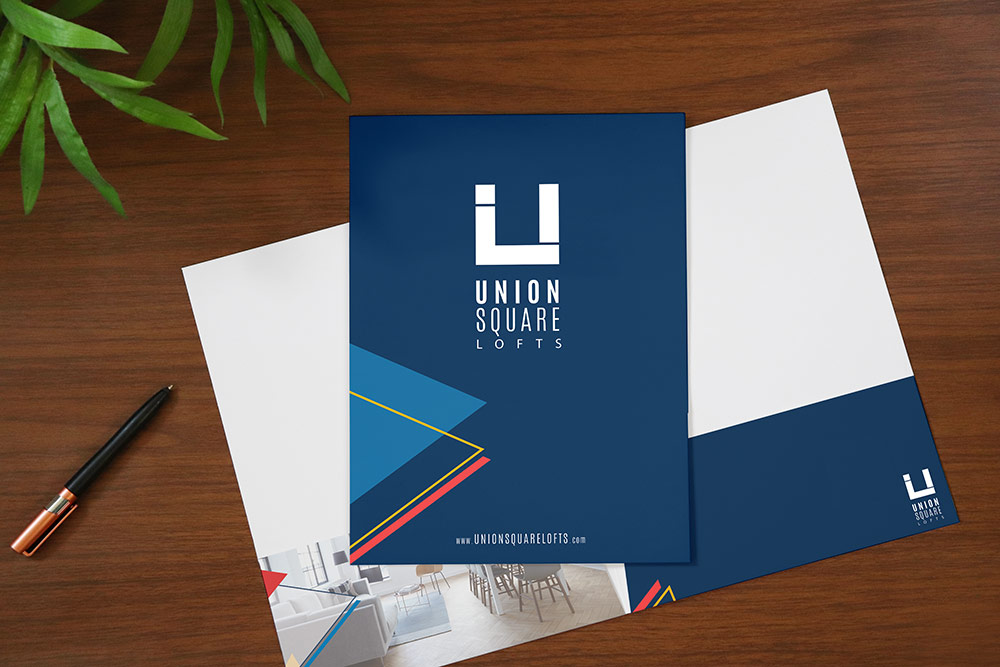

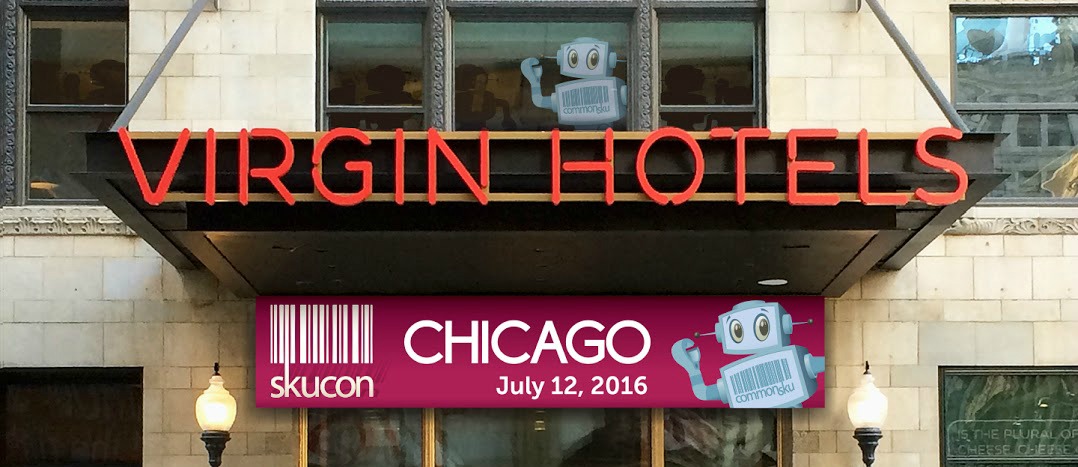

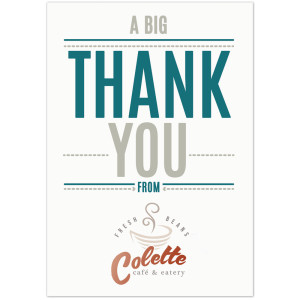
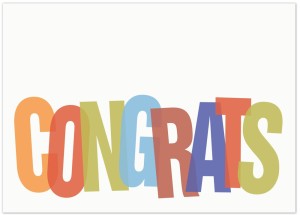 4. Be a resource when they need you.
4. Be a resource when they need you.
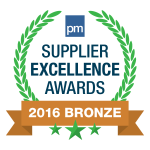 PS- We’re proud to announce that we’ve won the Bronze Supplier Excellence Award for our 2016 business greeting cards from
PS- We’re proud to announce that we’ve won the Bronze Supplier Excellence Award for our 2016 business greeting cards from 
 Phil Martin – National Sales Manager
Phil Martin – National Sales Manager
 Sandy Peterman, Purchasing Manager
Sandy Peterman, Purchasing Manager Lindsay Fritch, Assistant Prepress Manager & Designer
Lindsay Fritch, Assistant Prepress Manager & Designer